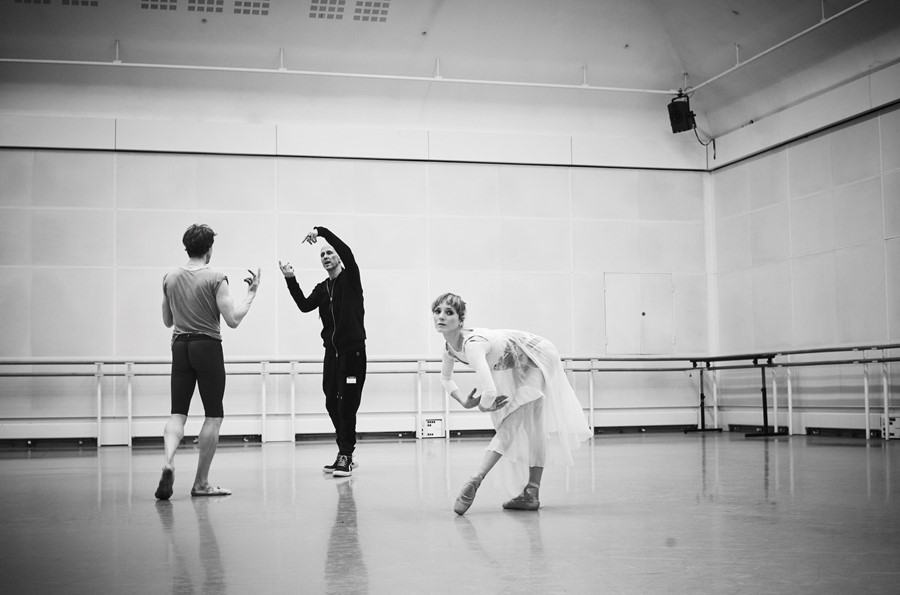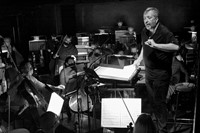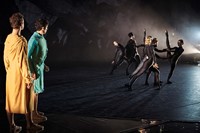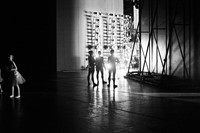A ballet of The Divine Comedy at Royal Opera House is a beatific coalition of choreography, sound and set – preview it here, with exclusive photographs from Mary McCartney
In Wayne McGregor’s ballet interpretation of Dante’s Divine Comedy, Satan wears a black Lycra bodysuit, smeared almost entirely with the chalky ashes of her sins. So do each of the lost souls, who perform their sins in perpetuity and for Dante’s viewing as he tours the rings of hell. Chalk denotes the sins in question: the thieves’ hands are dusty white; for adulterers Francesca and Paolo, it covers their genitals and bums. In an inverted mountainous underground cave – black and white again – sinners move spikily, like sooty demons presenting their stories in a perverted Nutcracker suite.
With music by British composer Thomas Adès and set and costume by Turner Prize-nominee Tacita Dean, The Dante Project – playing at the Royal Opera House until December 2 – is an enchanting physical embodiment of a trilogy that is, traditionally, all about the words. Written in common vernacular in the early 1300s – that is, Italian, not Latin – the epic story has always been accessible, and all the more beautiful for it. McGregor’s beatific interpretation straddles both qualities effortlessly.
There are three acts, of course – Inferno: Pilgrim; Purgatorio: Love; Paradiso: Poema Sacro. Each entirely distinct. Dante follows Virgil, his robed guide, through the shadows of hell, up to purgatory where he is reunited with Beatrice, his love who died too young, who leads him on to paradise, where he meets god before returning home, delirious with joy.
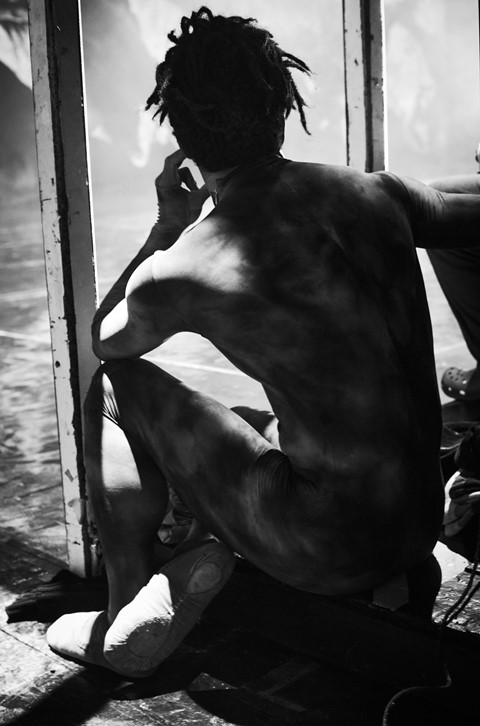
Thanks to rapturous lighting by Lucy Carter and Simon Bennison, the rocky carapace of Dean’s hellscape transitions through three aesthetic states, from the richness of a silver gelatin photograph, to a warm sepia print and finally a radiating negative. Purgatory is a pre-dawn LA street, inverted in negative again – a jacaranda tree with purple flowers glows with increasing nuclear ferocity as its penitents cleanse and atone their sins in a frenzied, rapturous dance. Here, Dante, in a Roman-style aquamarine robe splashed with red encounters himself and Beatrice as children, he performs an enraptured duet with a second Beatrice (played by Royal Ballet principal Francesca Hayward) and a third, heavenly apparition (played by principal Sarah Lamb) to the sound of a recorded chant, a form of synagogue prayer called baqashot that trips into an electric beat as it reaches its crescendo – the ancient mingling with the new.
In paradise, Dean’s expressionist cinema beams with a rotating celestial rose which, in the book, recalls the large rose windows of Gothic cathedrals. The painterly orb could also be the sun, or god. Celestial bodies in second-skin silver bodysuits dance as one with perfect fluidity – a machine of angels – before Dante enters the light of god, which in turn sweeps over the audience in one final euphoric wash. From the staccato shapes and sounds of hell up to the immaterial, almost bodiless – abstract joy of heaven, McGregor leads us through the three worlds of the afterlife to pure bliss, as Virgil did Dante.
The Dante Project plays at the Royal Opera House in London until December 2.
